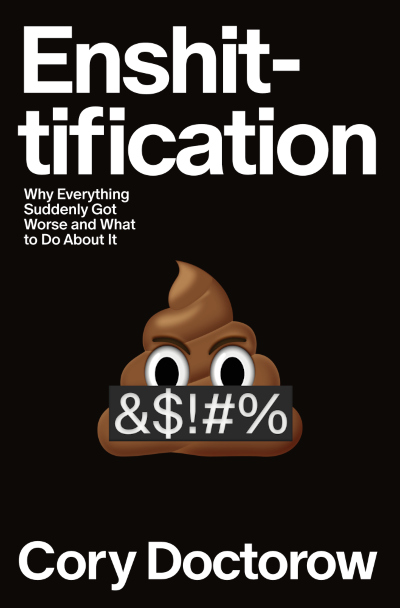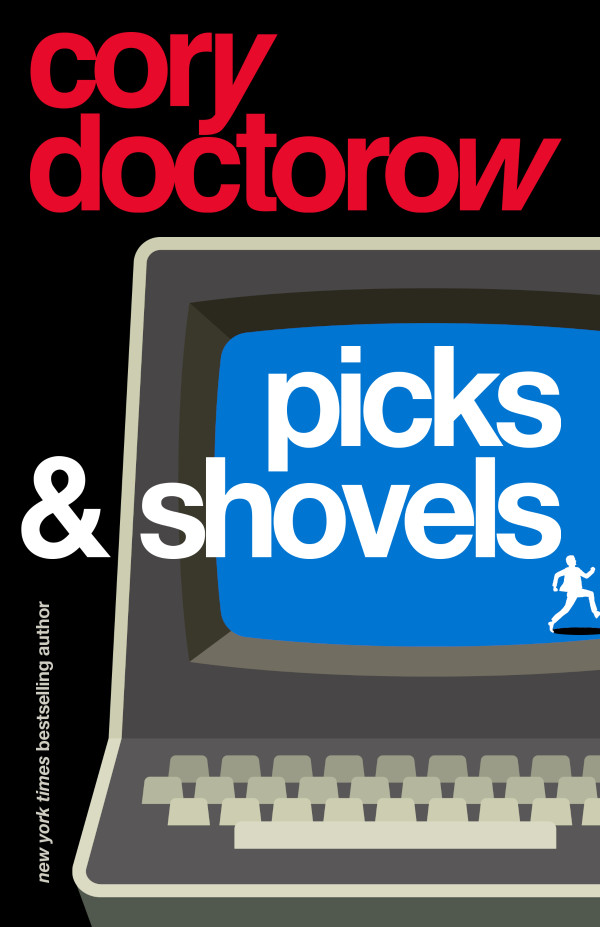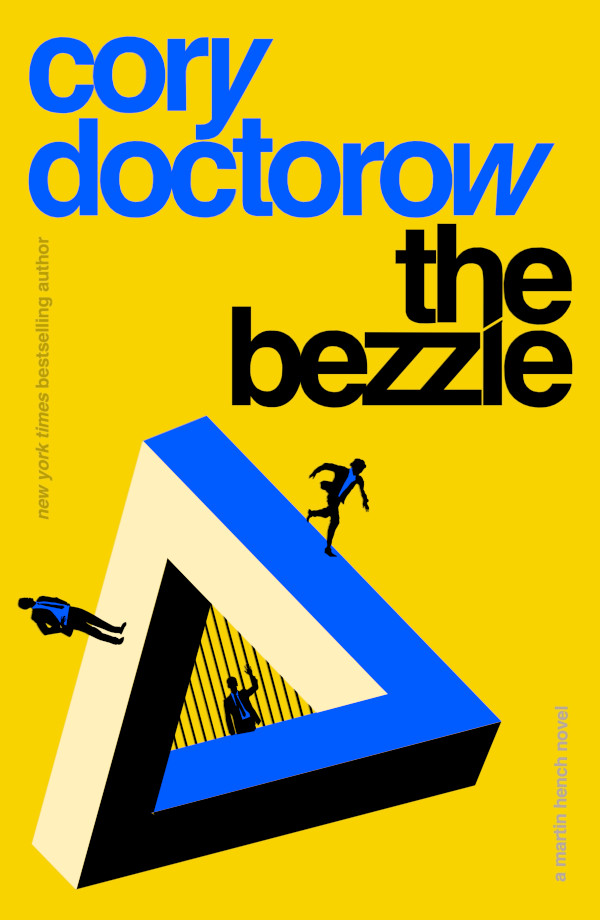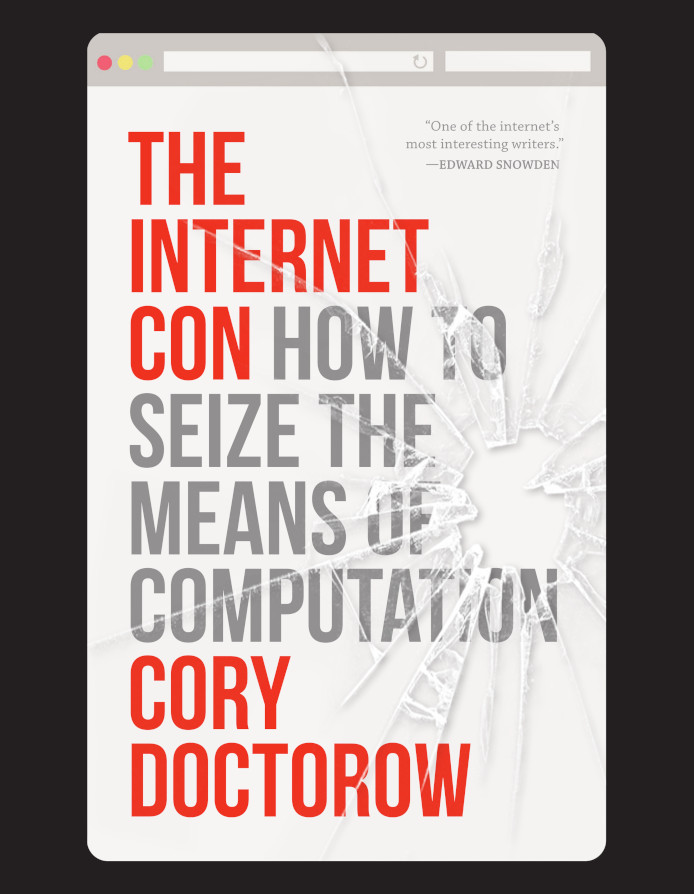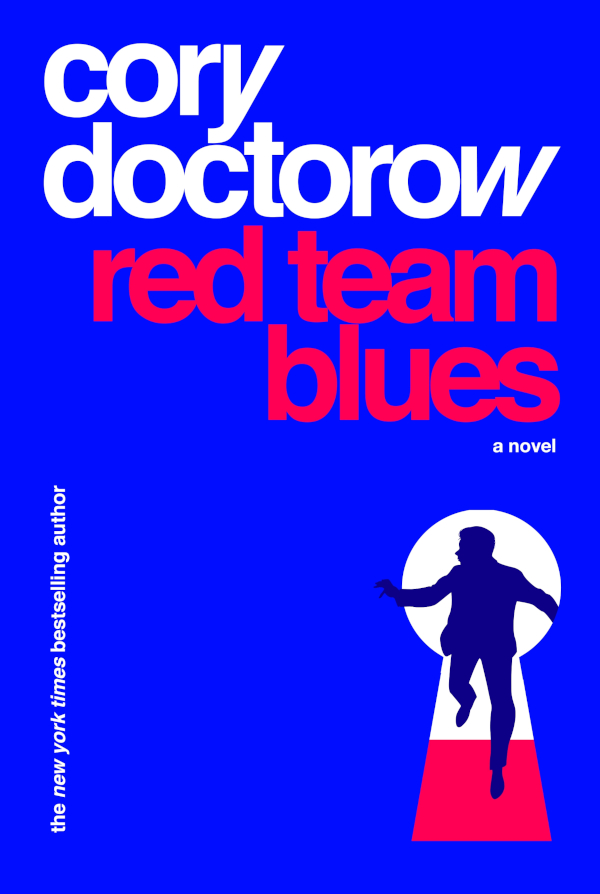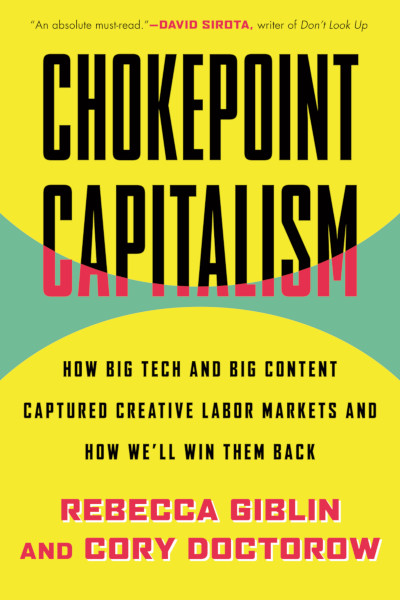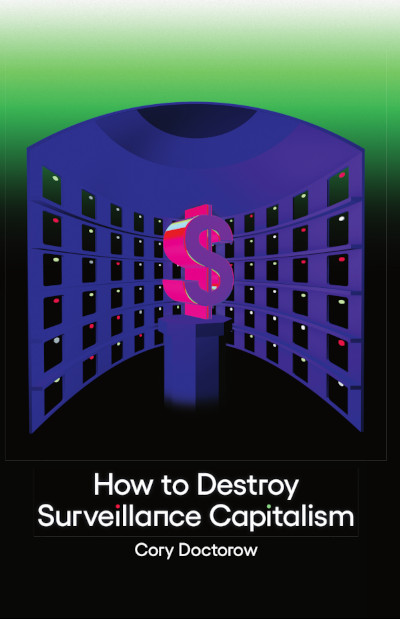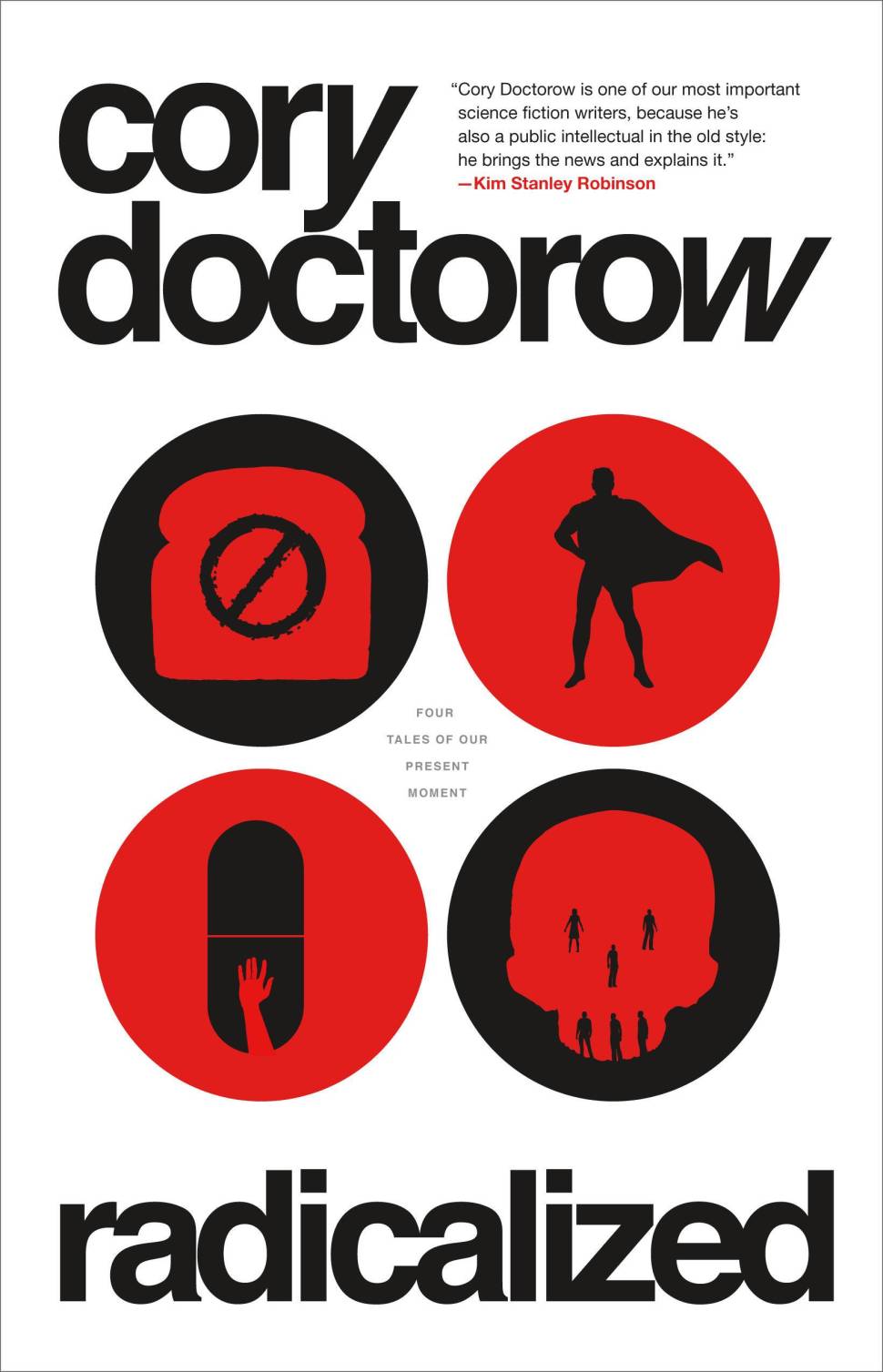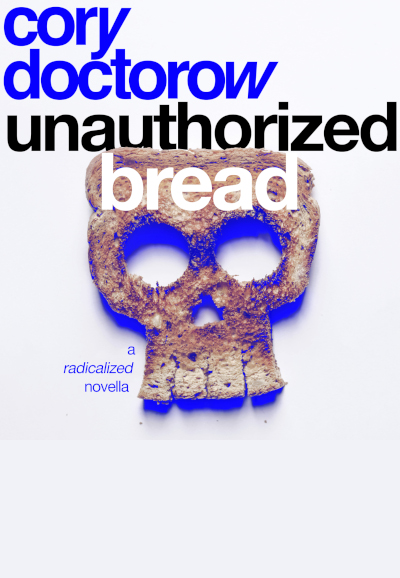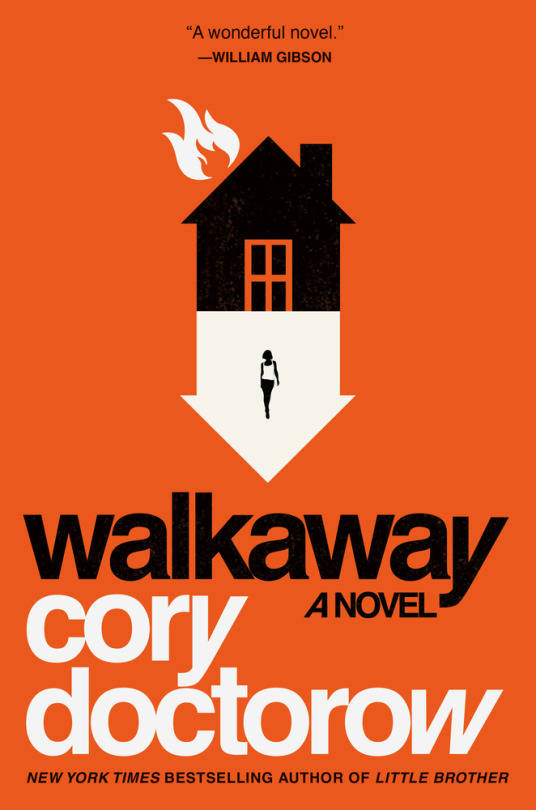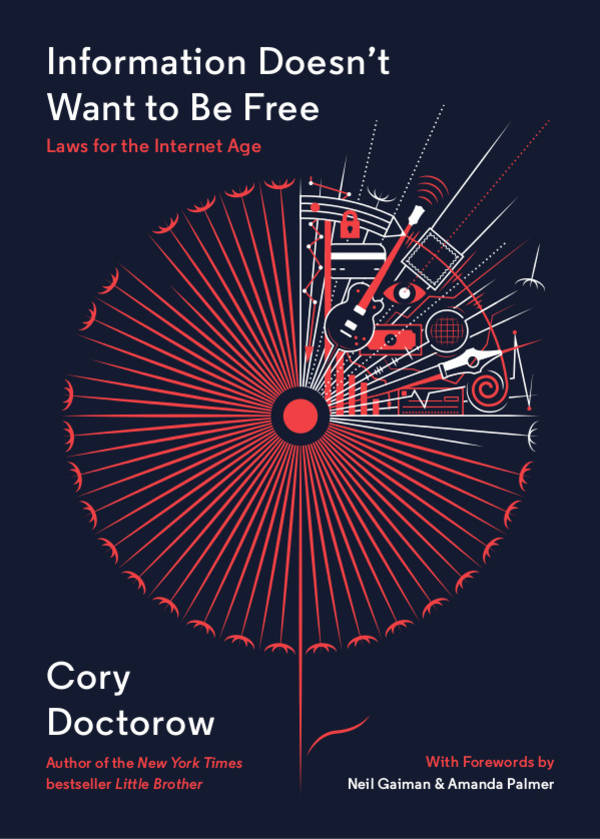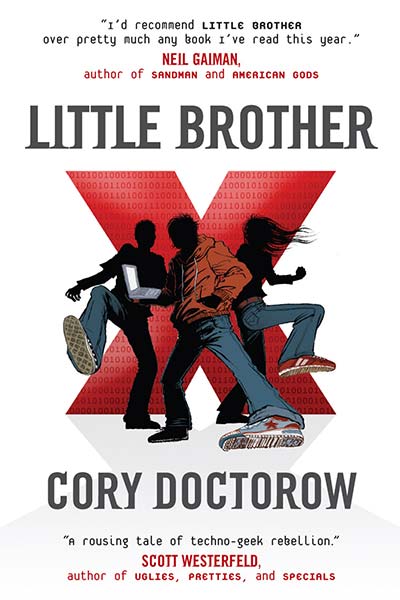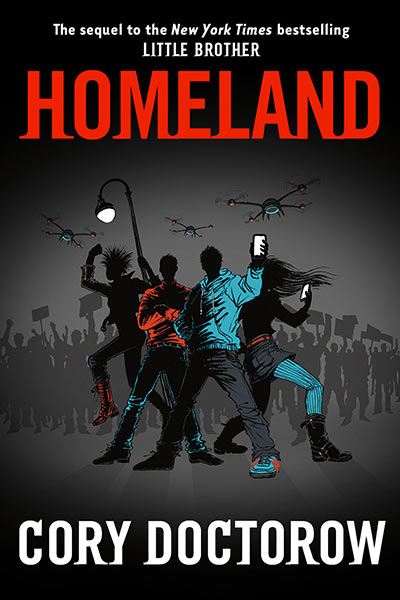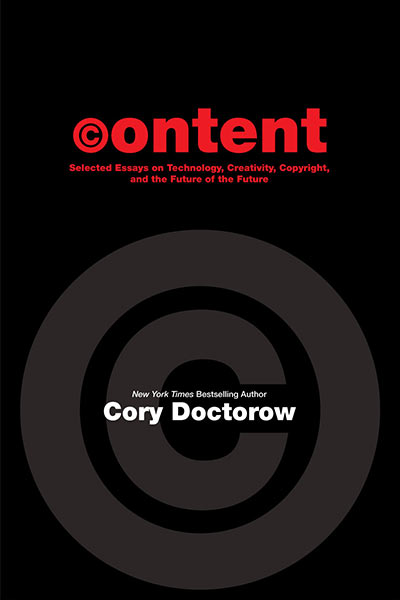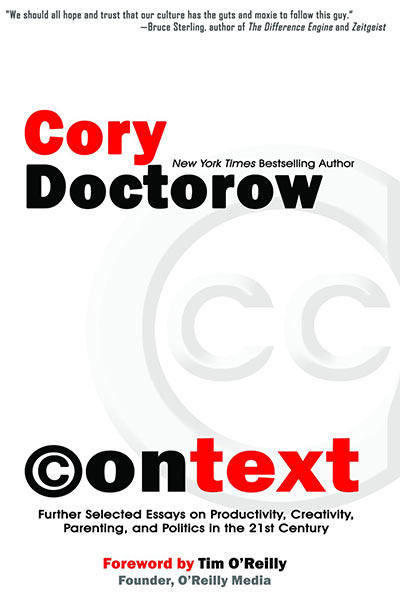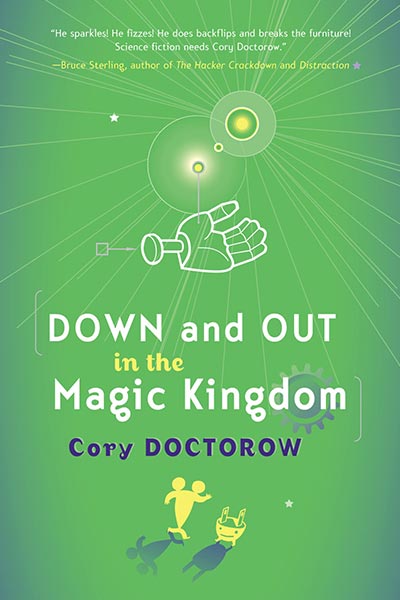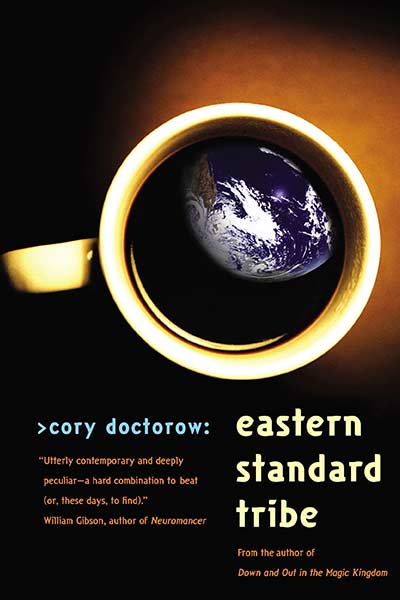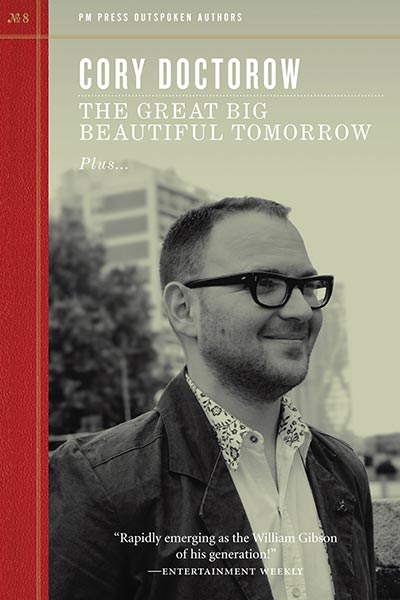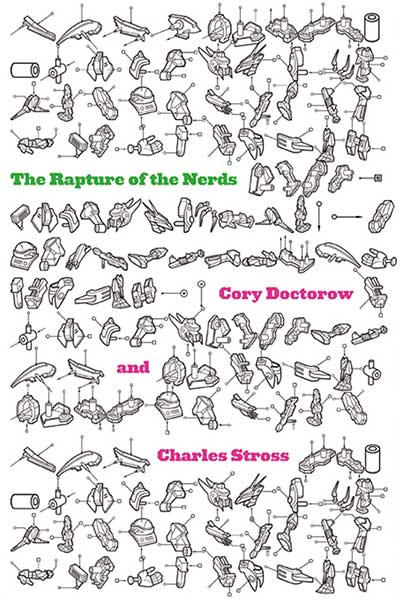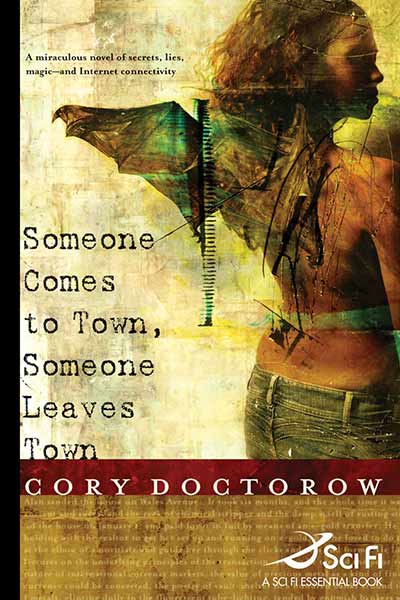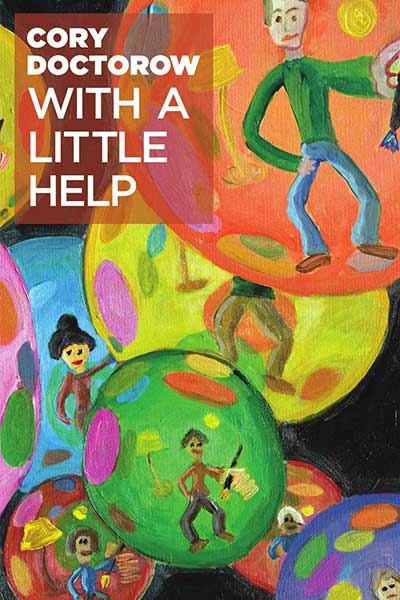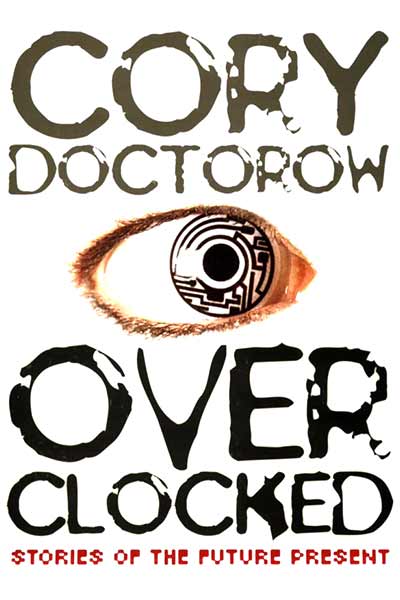My latest Guardian column is “Censorship is inseparable from surveillance,” which discusses the fact that network censorship entails surveillance, and how this exacerbates the public health problem caused by our difficulty in evaluating privacy trade-offs.
There was a time when you could censor without spying. When Britain banned the publication of James Joyce’s Ulysses in the 1920s and 1930s, the ban took the form on a prohibition on the sale of copies of the books. Theoretically, this entailed opening some imported parcels, and it certainly imposed a constraint on publishers and booksellers. It was undoubtedly awful. But we’ve got it worse today.
Jump forward 80 years. Imagine that you want to ban www.jamesjoycesulysses.com due to a copyright claim from the Joyce estate. Thanks to the Digital Economy Act and the provision it makes for a national British copyright firewall, we’re headed for a system where entertainment companies can specify URLs that have “infringing” websites, and a national censorwall will block everyone in the country from visiting those sites.
In order to stop you from visiting www.jamesjoycesulysses.com, the national censorwall must intercept all your outgoing internet requests and examine them to determine whether they are for the banned website. That’s the difference between the old days of censorship and our new digital censorship world. Today, censorship is inseparable from surveillance.
